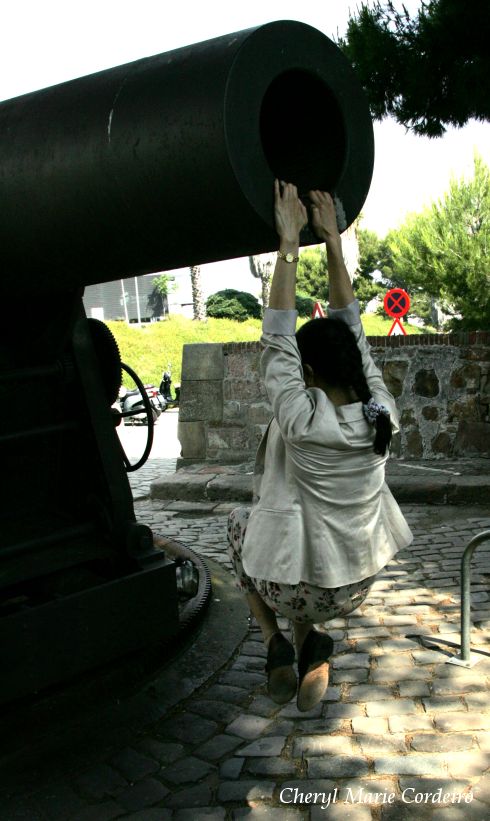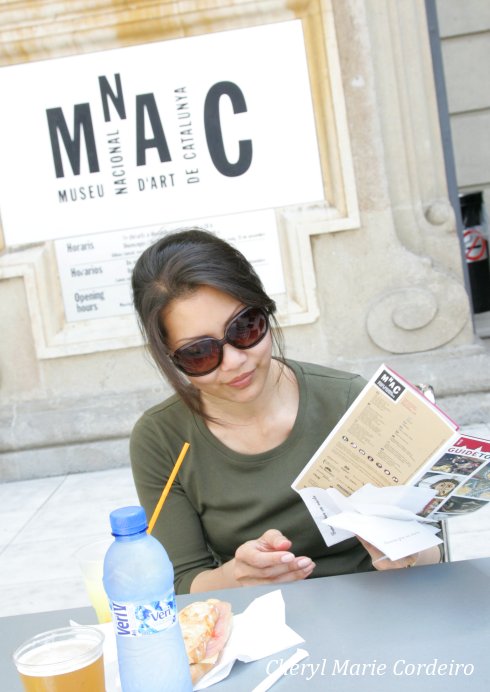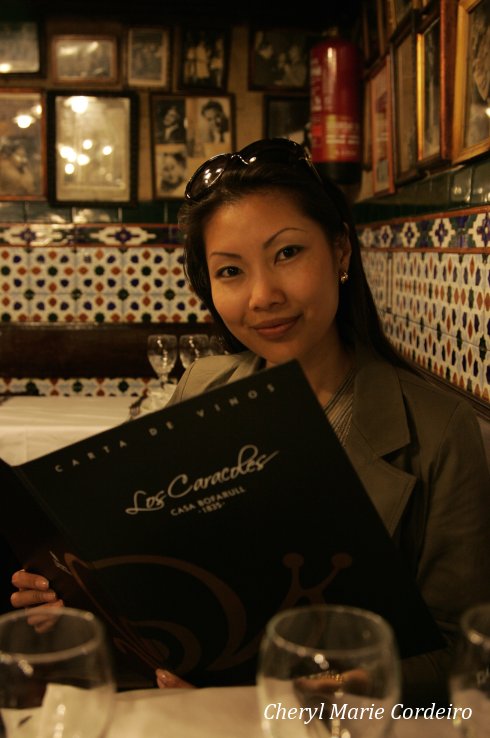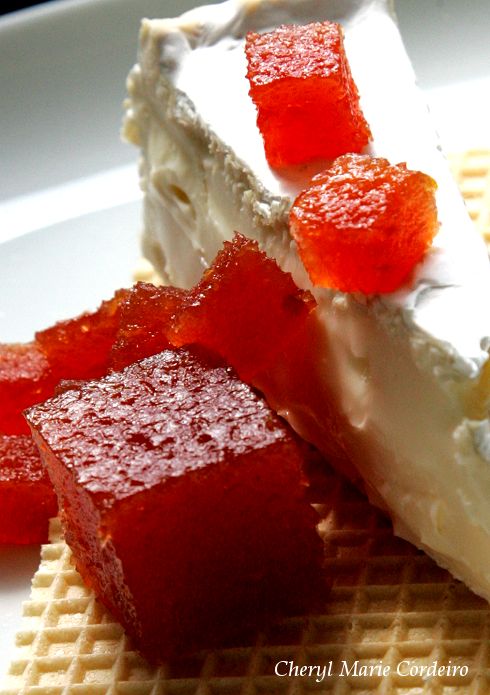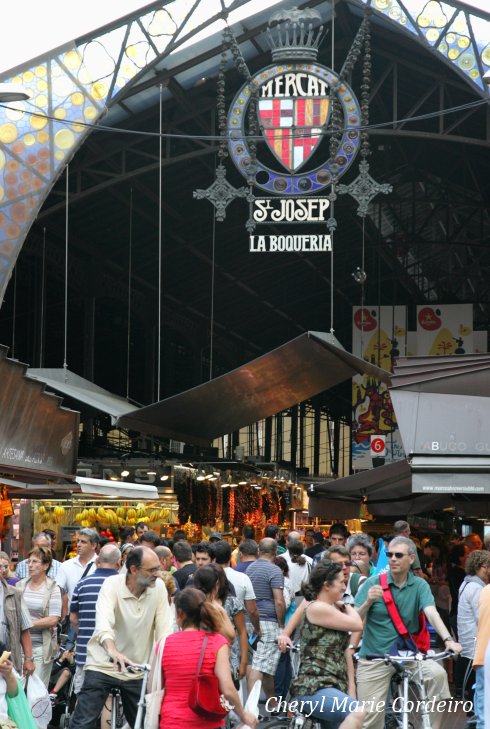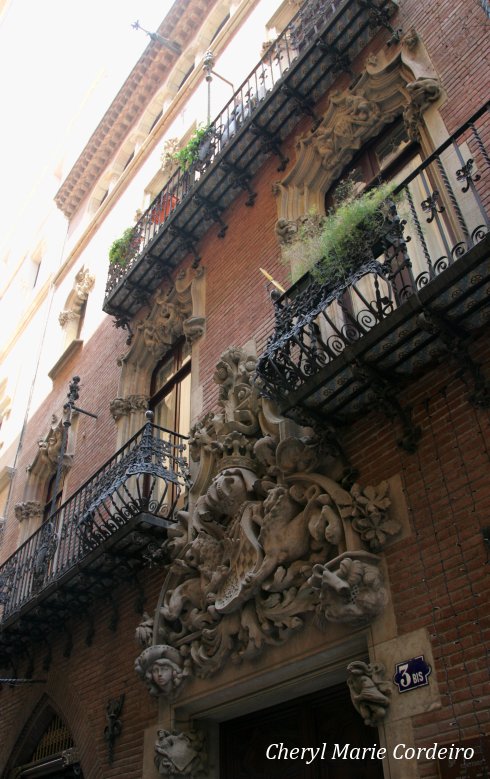At the Chocolate Museum, just outside the kitchen where the museum holds classes on chocolate confection.
JE Nilsson and CM Cordeiro Nilsson © 2011
Although Spain’s connection with Mexico in the 1500s means that cacao beans and chocolate would be as native to Spain as coconuts and pineapples are to Singapore, I must say that it still took some doing exploring the numerous cafés in Barcelona, before I settled for a favourite place of mine that served my cup of hot chocolate with an added shot of espresso in it!
If you’re a chocolate lover like me, then perhaps nobody can stop you from immediately hitting any café in sight as soon as you get off the plane in Barcelona for a cup of Spanish hot chocolate. At least, that’s what happened to me.
But with that done I brusquely encountered a cultural difference of what a cup of hot chocolate laced with espresso is in Spain.
Continue reading ““Una xocolata calenta si us plau””
